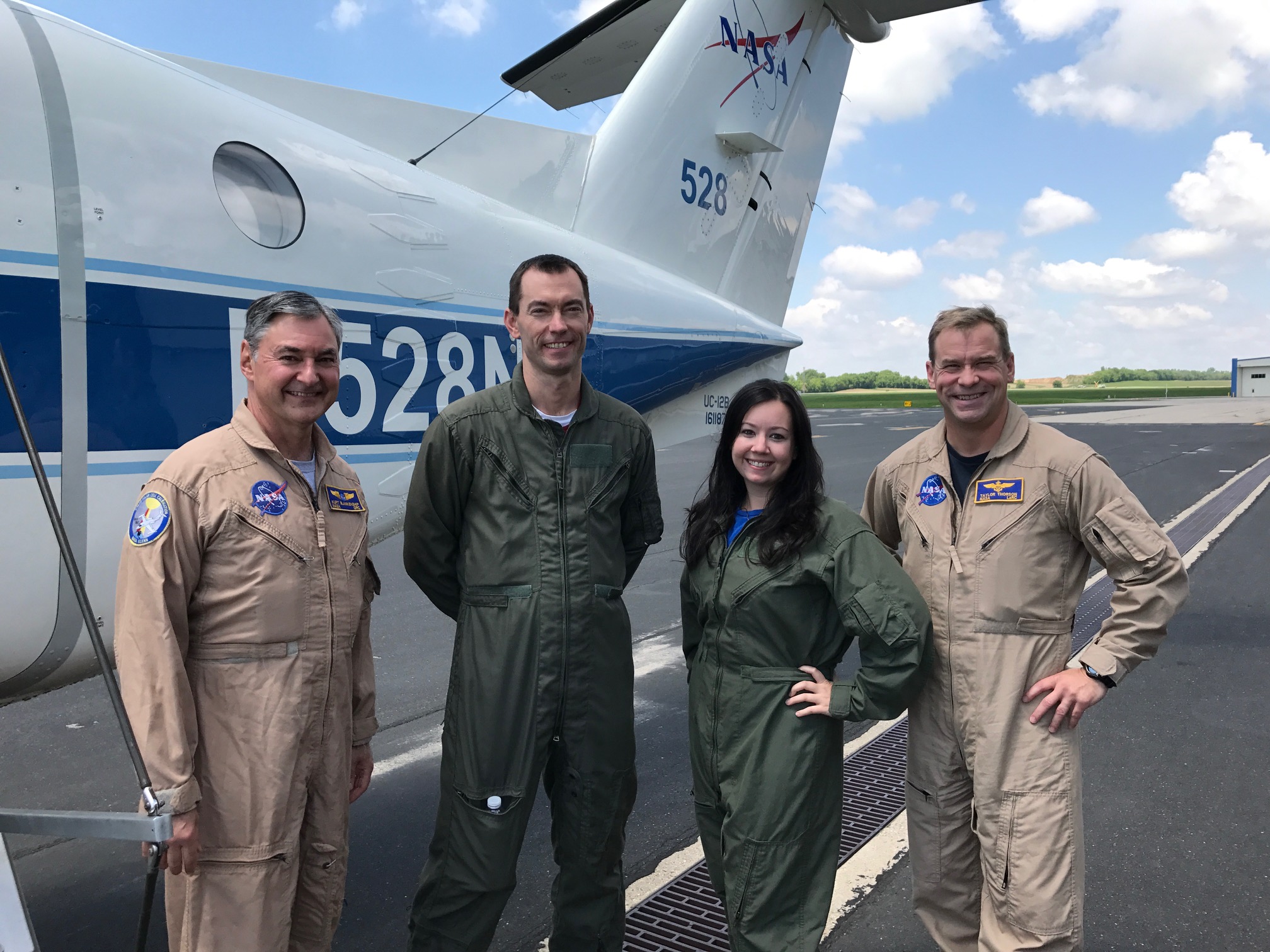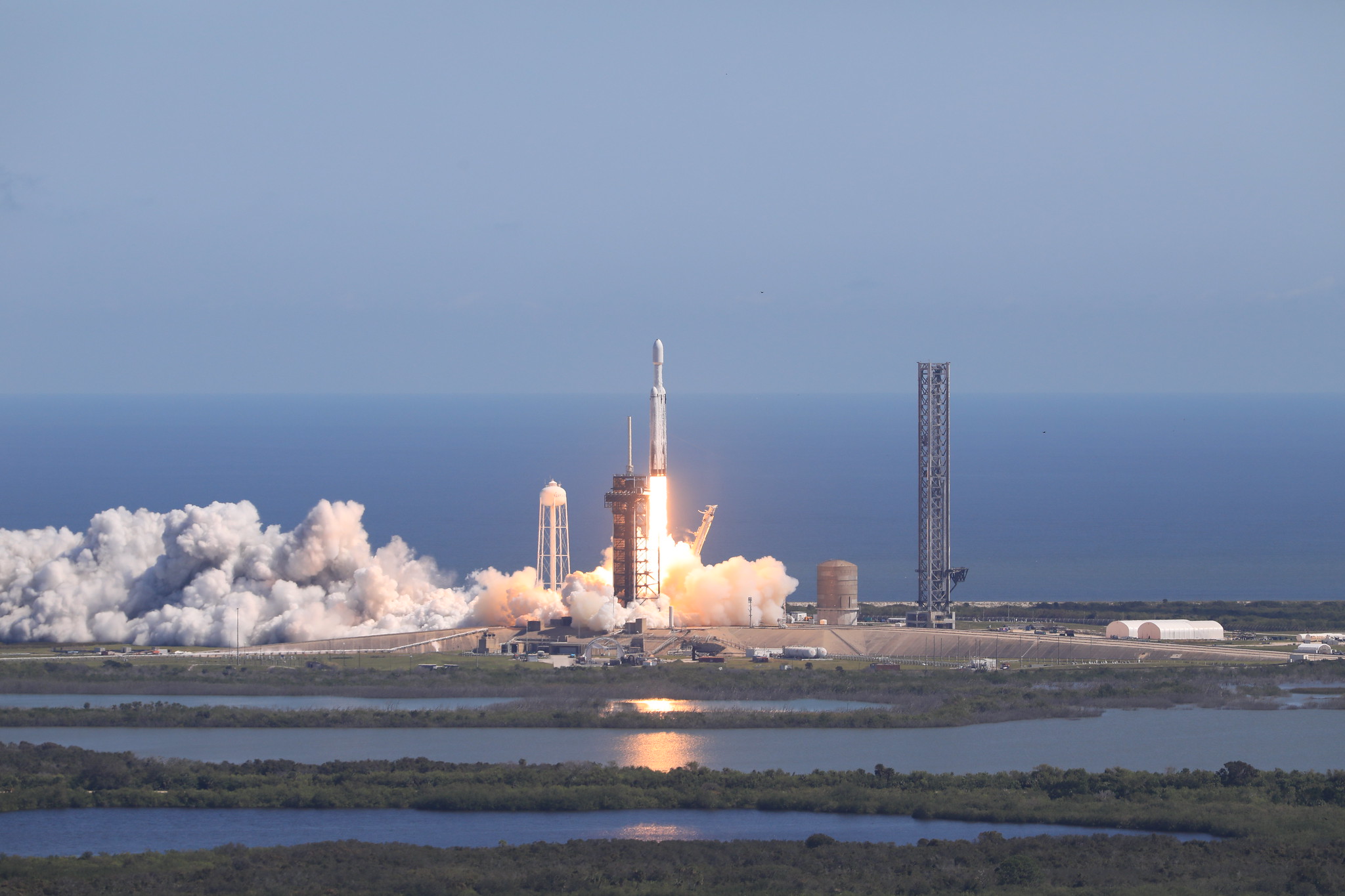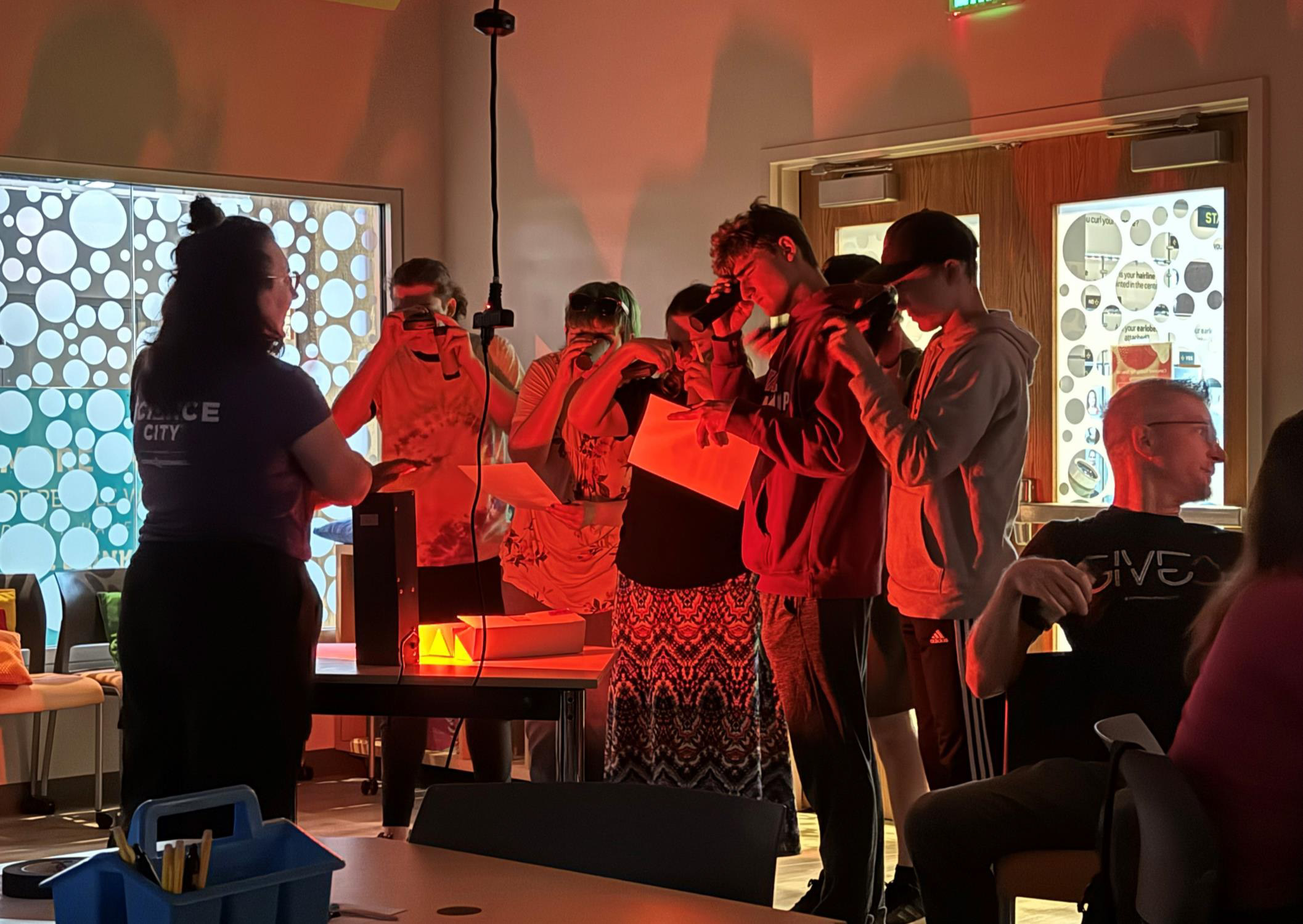Matthew Kowalewski: Aerospace Engineer and Curious About Everything
Matthew Kowalewski describes himself as “curious about too many things,” but that curiosity comes in handy when engineering instrumentation scheduled to soar through the atmosphere of a moon of Saturn.

Name: Matthew Kowalewski
Title: Dragonfly Mass Spectrometer (DraMS) Lead Instrument Systems Engineer
Formal Job Classification: Aerospace Engineer
Organization: Instrument and Payload Systems Engineering Branch (Code 592)
What do you do and what is most interesting about your role here at Goddard?
As the DraMS lead instrument systems engineer for NASA’s Dragonfly mission, I lead the coordinated technical development, integrating systems and making sure communications across subsystems is maintained within the instruments as well as with the lander. I enjoy the diversity and complexity of this instrument.
What do you enjoy most about your current position as the DraMS lead instrument systems engineer?
I started this position in March 2023 and it has been like drinking from a fire hose ever since, but in a good way. The complexity of the instrument and the number of subsystems means this is really three separate instruments in one, and that makes my job exciting. I have to keep up with a range of disciplines across everything that Goddard does including mechanisms, lasers, mass spectrometers, gas flow systems, mechanical systems, thermal systems and electrical systems.
I am always challenged and excited by those challenges too. Everything we do is necessary to meet the broad science requirements. Our goal is studying prebiotic chemistry on the surface of Titan.
What is your educational background? Why did you become an aerospace engineer?
I have a B.A. in astronomy and physics from Boston University and a master’s in physics from Johns Hopkins University.
As a child, I was more interested in astronomy and physics. In college, I developed an extreme interest in experimental physics including the engineering required to perform these experiments.
How did you come to Goddard?
After college, I worked in missile defense for a private company supporting the Midcourse Space Experiment. After three years, in 1998, my wife and I wanted to move closer to family, so I came to Goddard as an instrument engineer supporting the Total Ozone Mapping Spectrometer-Earth Probe (TOMS/EP) mission. I have also supported the Ozone Monitoring Instrument on Aura, The Ozone Mapping Profiler Suite (OMPS) on Suomi NPP and JPSS, various airborne field campaigns, and the New Opportunities Office.
What interesting field work did you do prior to joining DraMS?
I largely did field work supporting Earth science research and new business development. We flew remote sensing instruments on high altitude aircraft in the United States, Costa Rica, South Korea [whose official name is the Republic of Korea], and Canada. Most field campaigns lasted about a month where we were housed in hotels or military bases. While supporting the New Opportunities Office, we developed instrument and mission concepts, evaluated and prioritized technologies, and fostered relationships with industry, universities, and other government organizations.
How do you lead across multiple teams?
I lead a large team engineers and technicians spanning across over six teams. Communication is the key. I rely on the expertise of our systems team and all of the subsystem leads. We have daily and weekly meetings where everyone is heard and they are free to approach me whenever they have concerns.
I try to encourage open discussions including contrarian thoughts and ideas. I listen to all the options and opinions in an attempt to make the best-informed decision. Then I move forward with my decision.
In a cost- and schedule-constrained environment, like most missions are, we cannot get stuck in the decision-making process. At some point, a decision needs to be made and the team then moves forward.
Where have you traveled for work?
I have been to multiple NASA centers and military bases in this country. In addition to Costa Rica, South Korea and Canada, I have also been to the Netherlands and France for mission development.
What is the most memorable moment you have had at Goddard?
In 2003, I was supporting the space shuttle Columbia mission, STS-107. We had a small payload in the shuttle cargo bay called a Hitchhiker. I was second shift in the Hitchhiker mission operations center. I got to interact with the astronauts both prelaunch and on orbit. It meant a lot to me. My last shift was just prior to their reentry. It really impacted me when I learned, after my shift, that the shuttle disintegrated with all hands lost.
I had the honor of meeting these astronauts. It reminded me of the importance of the work that we do as we continue sending astronauts into orbit for missions.
When you mentor someone, what do you advise them to do?
I tell them to learn as much about everything that they can. For example, if they are an engineer, they should learn about science and other disciplines because a broad knowledge base will help them in the future. They will also learn why building a small piece of hardware is important for accomplishing the mission’s science goals. An electrical engineer building a circuit is actually building something for a far larger purpose.
It is also very important to get along with others. We work with others every day, in all aspects of our lives, and we have to understand their perspectives and respect their opinions. There is more to our jobs than building things. Establishing relationships with others is what truly allows us to accomplish our goals.
What do you do for fun?
I have four kids and enjoy spending time with them. I coach soccer, mentor a robotics club, and participate in endurance swim races. This is my second year as a mentor to my son’s robotics club, which participates in an annual, national robotics competition to build a robot from scratch. This year we have a highly mobile, fast robot with a multi-jointed arm to manipulate objects. I think we have a good shot at going to nationals.
Who would you like to thank?
I wish to thank my wife Angie for supporting me over all these years as my career developed. She was often home alone with four kids during long stints of travel. I would not be where I am without her.
I also owe much to my mentors, Scott Janz, Glenn Jaross, and Jay Al-Saadi for all their guidance, support and opportunities over the many years. Nobody can work alone, no matter how smart you are.
What is your “five-word or phrase memoir”? A five-word or phrase memoir describes something in just five words or phrases.
Understanding. Compassionate. Persistent. Hard-working. Curious about too many things.
By Elizabeth M. Jarrell
NASA’s Goddard Space Flight Center, Greenbelt, Md.
Conversations With Goddard is a collection of Q&A profiles highlighting the breadth and depth of NASA’s Goddard Space Flight Center’s talented and diverse workforce. The Conversations have been published twice a month on average since May 2011. Read past editions on Goddard’s “Our People” webpage.
Share
Details
Related Terms
What's Your Reaction?



















.jpg?#)


































